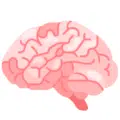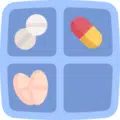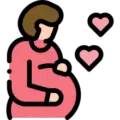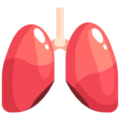Authors:
Elizabeth B. Hearn, PharmD
Stuart T Haines, PharmD, BCPS, BCACP
Reviewers:
Henry Bussey, PharmD
Kathryn (Katie) Kiser, PharmD, BCACP
Citation: Herrett E, Williamson E, Brack K, et al. Statin treatment and muscle symptoms: series of randomised, placebo controlled n-of-1 trials. BMJ 2021;372:n135
The Problem:
Statin therapy slows the progression of atherosclerotic cardiovascular disease (ASCVD), prevents CV events, and saves lives. Statin therapy is relatively inexpensive and gives us the most cholesterol-lowering bang for our buck.1,2 Very rarely statins cause severe muscle injury leading to rhabdomyolysis. Unfortunately, millions of patients experience muscle symptoms like pain, weakness, or stiffness and discontinue statin therapy.3,4,5 In blinded clinical trials the percentage of patients who experience muscle symptoms is typically in the 3-5% range. In practice, the percentage of patients who report muscle symptoms is 10-25%. This disparity between what has been observed in blinded trials and what patients experience when treated with a statin is due, in part, to the nocebo effect — a belief that a medication may cause harm. Like the placebo effect, the nocebo effect is powerful and real. But are we too quick to stop these life-saving drugs when muscle symptoms are reported? Is it possible to sort out when statins are the likely culprit and when something else might be causing muscle pain?3 How many lives could be saved if we routinely used tiny randomized, controlled, blinded trials to determine when statin therapy can be safely continued?3






 iForumRx.org is a web-based community of practice designed to inform ambulatory care pharmacy specialists, pharmacy residents, and student pharmacists about high-quality, practice-changing evidence.
iForumRx.org is a web-based community of practice designed to inform ambulatory care pharmacy specialists, pharmacy residents, and student pharmacists about high-quality, practice-changing evidence.